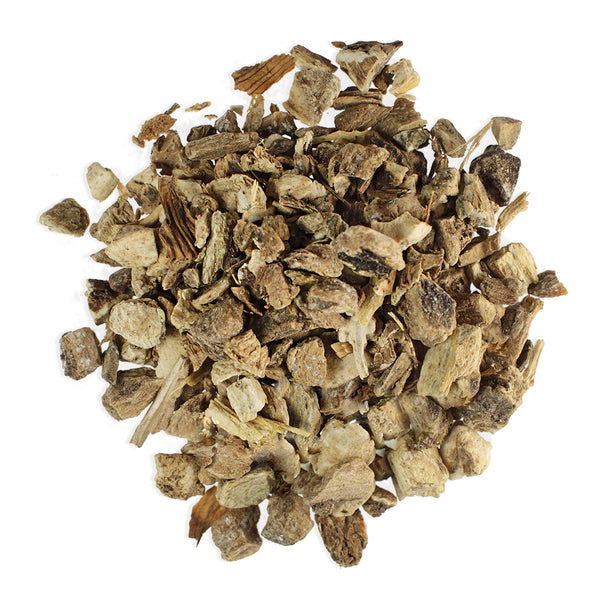Elecampane
Product Code: 09EL
Subscribe to stock alerts
Enter your email to be alerted when new stock arrives for this product.
EARN LOYALTY POINTS EVERY TIME YOU SPEND!
You can earn points simply through purchasing product, although you’ll need to be signed in to an account. A single point is equal to 1 penny (1 point = £0.01). To redeem your points, simply select the number you’d like to redeem in the checkout. (Minimum = 500 points)
You can earn extra points during special promotions or by referring friends from your account dashboard.
Nothing lasts forever! All points will expire after 365 days but don’t worry, we’ll send you a helpful reminder before they expire.
Want to know more? Read our full loyalty points policy here
Recyclable Packaging
Responsibly Sourced
Non-irradiated
No Preservatives
GM Free






